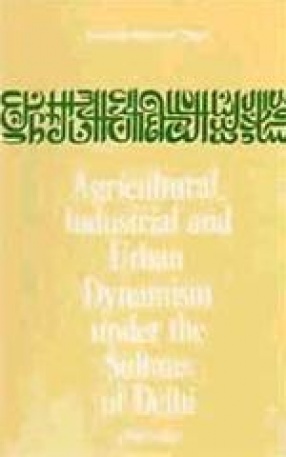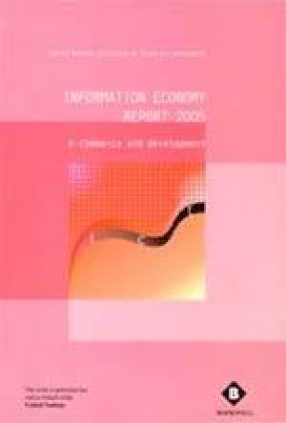Drawing from the original sources, this book establishes that the accession of Sultans of Delhi heralded a new epoch in the history of India. Territorial conquest was easy enough. The compulsive need of the day was the assimilation of the rootless immigrants in the Indian ethos. Though complex, the objective was achieved by various devices, for instance, by mobilising the services of the network of divines dispersed all the uprooted aliens with the indigenous crystallized in a synthesised culture, best expressed in the emergence of a common medium, now known as Urdu. Economic resurgence however, best qualified the Sultans and their co,-cafalites to survival in the Indian environment. Maximised production of both the agricultural and manufactured goods for the market was a momentous decision as it touched the mass of producers to the core. The study therefore, delilneates the impulses, impacts and productive processes with focus on technique and empiricism of industries, specially of agriculture and cotton textiles. As the imperial effort was to attract and install the industries in the urban complexes, some of which were already functioning as administrative centres, a brief survey of under 80 towns too has been incorporated in the book. The career of Delhi, the metropolis, for its meteoric rise, state actions, density of population and multi dimensional activities, has been assigned a separate chapter. Incidentally, the succeeding Great Mughals followed the fundamentals of the legacy of the socio-economics policies of the Sultans. The result was the unprecedented boom in craft production on the one hand, and pre-eminence of towns of Lahore, Agra, Shahjahanabad (Delhi) and Ahmedabad on the global level, on the other.
Peoples of All Nations: Their Life Today and Story of their Past (In 14 Volumes)
This illustrated gazetteer, ...
$1050.30
$1167.00





There are no reviews yet.